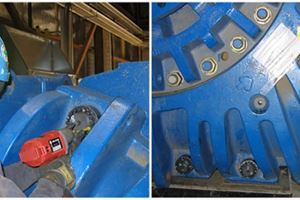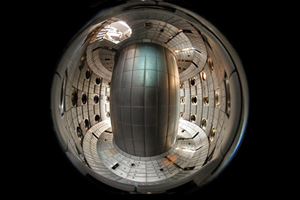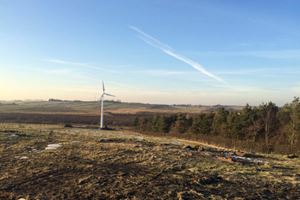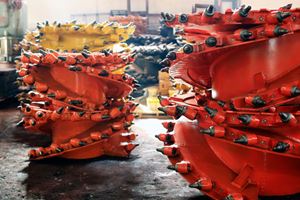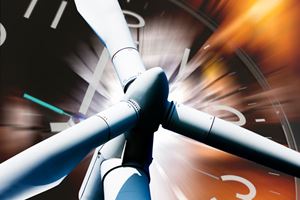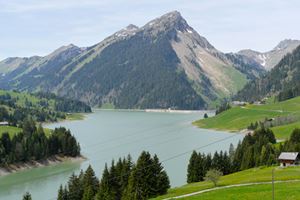Taking wind energy to new depths
Offshore wind turbines are an increasingly common sight as the world moves towards more sustainable forms of energy production.
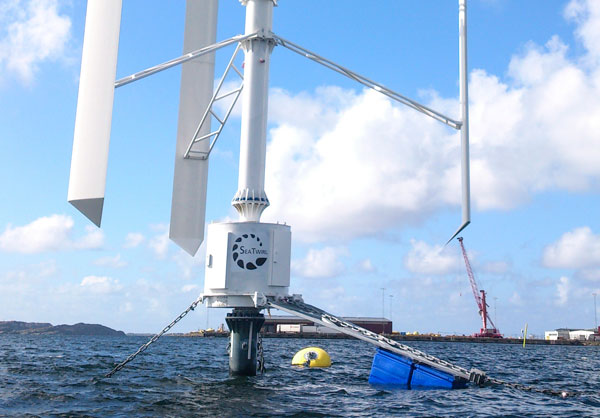 But these standard horizontal axis turbines have a number of drawbacks, such as being expensive to build and install because of the way they work, and because they are fixed to the seafloor.
But these standard horizontal axis turbines have a number of drawbacks, such as being expensive to build and install because of the way they work, and because they are fixed to the seafloor.
But Swedish company SeaTwirl has taken a different approach to generating wind power at sea that promises easier construction, installation and maintenance, which in turn means lower lifecycle costs and lower energy costs.
“SeaTwirl has a simple robust design with few moving parts,” says Gabriel Strängberg, managing director of SeaTwirl. “It can be placed in deeper water with good wind conditions. SeaTwirl is built for the ocean.”
SeaTwirl’s vertical axis turbine is fixed on an underwater gravity-based structure that reaches deep down under the surface. The full body then rotates as one piece. Strängberg explains: “The vertical axis makes the wind turbine rotate regardless of wind direction. A horizontal axis turbine must be aimed to catch the wind. That kind of yaw mechanism is not needed in the SeaTwirl turbine.”
SeaTwirl AB was founded in 2012, but traces its history back to 2006 when inventor Daniel Ehrnberg wondered how water could be used as a bearing. After some small-scale testing, the first large prototype was launched in 2011. The second prototype, off Lysekil on Sweden’s west coast, started producing energy in July 2015.
Nord-Lock has taken on a crucial role with the SeaTwirl prototypes, delivering both Nord-Lock wedge-locking washers and Superbolt tensioners.
Strängberg says: “We chose Superbolts to easily achieve a high preload in the joints and to simplify the assembly process.”
Other prototypes are currently being tested and SeaTwirl’s turbines are expected to be commercially available around 2021.
